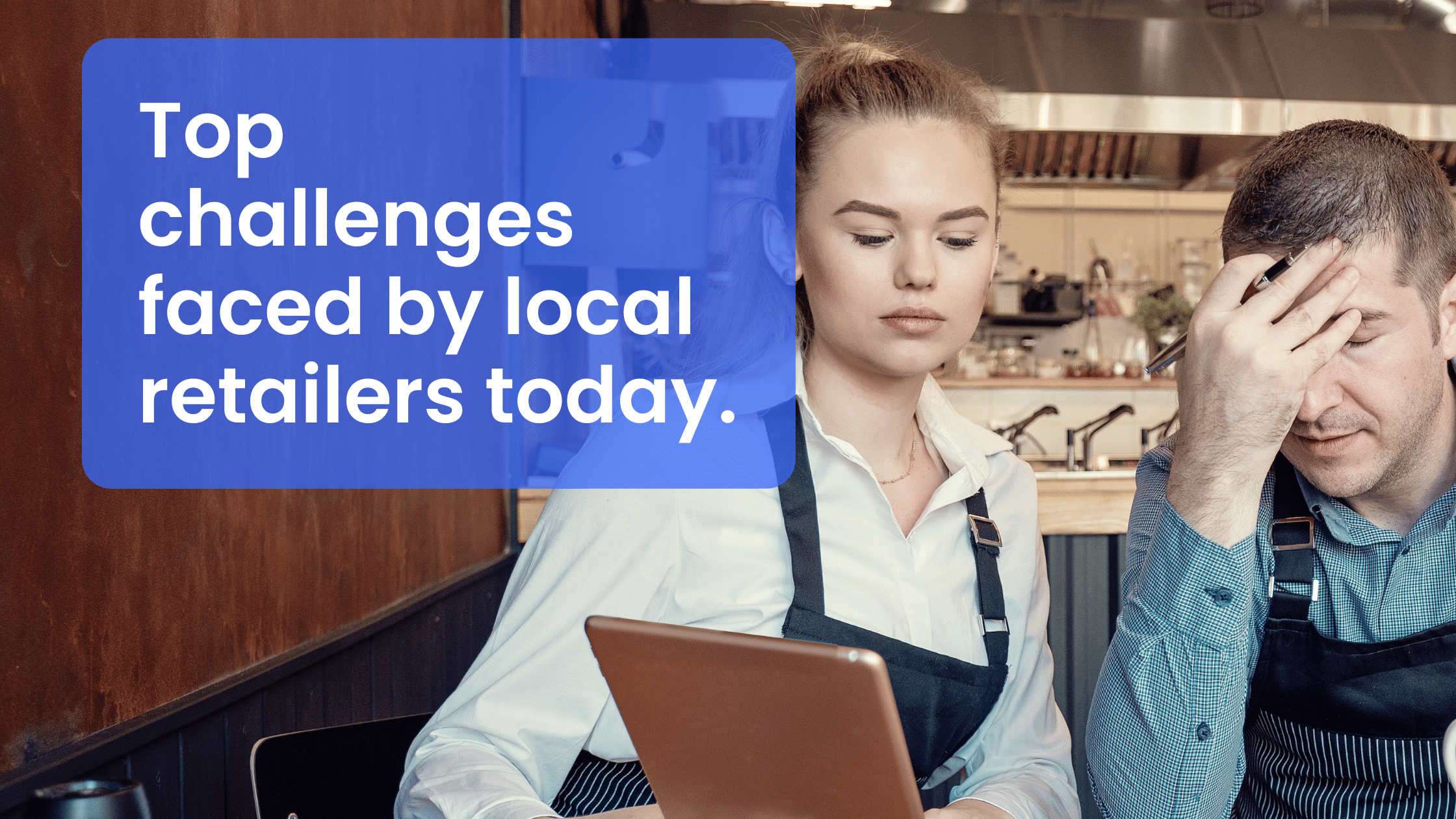
The past two years have pushed retailers to their limits, with many unfortunately not surviving. This has also created a push towards switching to online shopping in an increasingly crowded marketplace. Reading and adapting to quick market conditions have often been the key to retailers surviving the crunch.
There’s a myriad of other elements impacting retails, such as the following:
- Staffing issues due to COVID-19: With new variants emerging and rules constantly changing, it’s difficult for businesses to stay ahead of the curve. As infection rates continue to fluctuate, staff often need to be furloughed, creating problems for rostering and shift scheduling.
- Expensive deep cleaning: The cost of cleaning is likely to have increased for most retailers, and they fight to keep their stores safe and hygienic to prevent the spread of COVID-19 and protect both staff and customers.
- Less foot traffic: Due to lockdowns, stay-at-home orders, and general caution, people are choosing to spend less time in crowded retail locations like shopping malls or busy high streets. Instead, they’re opening for shopping online or limiting shopping to their necessities.
- eCommerce: The pandemic and various lockdowns have pushed many businesses to migrate online to survive, creating an environment of intense competition as companies fight for their share of voice. This has also driven up the cost of marketing and ads in a crowded digital marketplace.
- Marketing on a budget: Marketing has become a more significant challenge for retailers because of increased online competition and tighter budgets due to lower revenues. Many retailers rely on foot traffic, but there are fewer entry barriers when that’s removed. It puts everyone from independent retailers to major chains and franchises on an even keel.
- Privacy changes: Facebook, Apple, and Google are making widespread changes to privacy policies that give consumers greater control over what information is shared with advertisers. This, of course, is a good thing for consumers but makes digital marketing more challenging and less accurate. This leads to increased ad spending with lower revenues.
- Supply chain issues: Keeping an accurate gauge on sales and demand is crucial for planning stock orders and maintaining stock levels. This balancing act can be challenging because retailers have enough stock and don’t miss significant trends without over-purchasing too much inventory. Additionally, the timing of orders is essential as delivery times are constantly changing due to disruptions caused by the COVID-19 pandemic.
With so many new and emerging challenges being faced by retailers going into 2022, it’s hard to see an end in sight. However, business owners should focus on customer loyalty, providing a delightful customer experience, and get creative with ways to connect with their audience.
It’s predicted that the next big thing in marketing for 2022 will be a focus on social selling, which is a great place for retailers to start targeting.
Social selling has many benefits for brick and mortar businesses, including helping you reach new audiences, boost your search rankings and online traffic, and help establish your business in your local community.
To support your local marketing efforts, Mobeo drives online traffic in-store with our suite of solutions, which can be customized to fit your individual business needs.
Talk to us today about how we can help boost your digital footprint.
